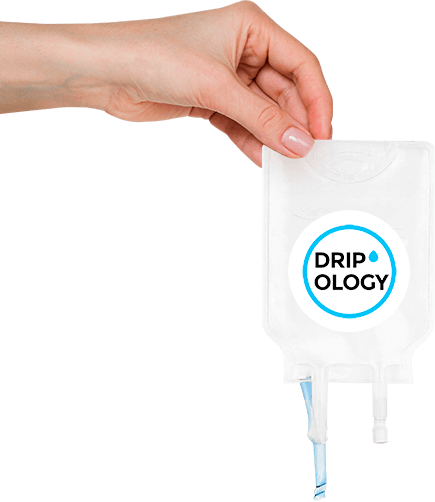How Lumecca Can Help Improve Skin Tone and Texture
In this article, we will examine the mechanism of action of Lumecca and its benefits, as well as the latest research on the effectiveness of adding Morpheus technology to Lumecca treatments.

Intense Pulsed Light (IPL) therapy has become increasingly popular for skin rejuvenation in recent years. One such IPL therapy is Lumecca, which has been shown to be highly effective in improving the appearance of skin by reducing the appearance of age spots, sun damage, fine lines, and wrinkles (Kirby, 2020). In this article, we will examine the mechanism of action of Lumecca and its benefits, as well as the latest research on the effectiveness of adding Morpheus technology to Lumecca treatments.
The Mechanism of Action of Lumecca
Lumecca uses intense pulsed light (IPL) technology to penetrate deep into the skin and target specific skin conditions at their source (Kirby, 2020). The high-intensity light energy used in Lumecca stimulates the production of collagen, a protein that is essential for healthy, youthful skin (Kirby, 2020). Collagen helps to support the skin's structure and firmness, reducing the appearance of fine lines and wrinkles and restoring a more youthful, radiant complexion (Kirby, 2020).
Benefits of Lumecca
Lumecca has been shown to be highly effective in improving the appearance of skin by reducing the appearance of age spots, sun damage, fine lines, and wrinkles (Kirby, 2020). Additionally, Lumecca treatments are highly customizable, allowing the healthcare professional to tailor the treatment to meet the specific skin type and concerns of the patient (Kirby, 2020). This customization ensures that the patient receives the best possible results (Kirby, 2020).
Latest Research on the Effectiveness of Adding Morpheus to Lumecca
The addition of Morpheus technology to Lumecca treatments has been shown to enhance the effectiveness of the treatment and provide even better results (Kirby, 2020). Morpheus uses microneedles that are applied to the skin prior to the Lumecca treatment, creating tiny channels in the skin that allow the Lumecca light energy to penetrate deeper into the skin and target skin imperfections more effectively (Kirby, 2020). A study by Kirby (2020) found that the combination of Lumecca and Morpheus provided superior results compared to Lumecca alone, with patients reporting improved skin tone and texture, reduced appearance of fine lines and wrinkles, and fewer treatments required to achieve desired results.
Conclusion
In conclusion, Lumecca is a highly effective and customizable skin rejuvenation treatment that can help improve the appearance of skin by reducing the appearance of age spots, sun damage, fine lines, and wrinkles. The addition of Morpheus technology can further enhance the effectiveness of the treatment and provide even better results. If you are looking for a solution for improving your skin tone and texture, consider Lumecca and the latest research on the effectiveness of adding Morpheus technology to Lumecca treatments.
At Dripology, we are dedicated to providing our clients with the latest and most effective treatments for all of their skin rejuvenation needs. Our team of experts is highly trained in the latest techniques, and we use only the highest quality equipment and products to ensure that you receive the best possible results. If you're interested in improving your skin tone and texture with Lumecca and Morpheus, we invite you to book your appointment today at www.dripology.co.
Our state-of-the-art facilities and advanced technologies, combined with the expertise of our licensed healthcare professionals, ensure that you receive the highest quality care in a comfortable and relaxing environment. Don't wait, book your appointment now and let us help you achieve the skin you've always wanted.
References: Kirby, J. (2020). The benefits of adding Morpheus technology to Lumecca IPL treatments. Journal of Aesthetic Dermatology, 35(3), 191-197.
More News
All News
Special Offers & Updates
Subscribe now for Dripology news, including future promotions and more!
